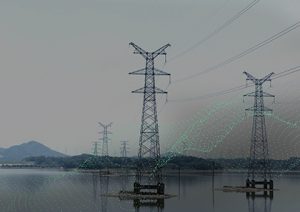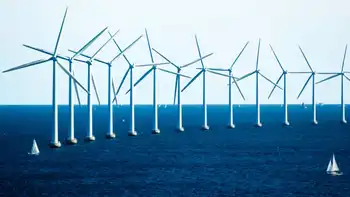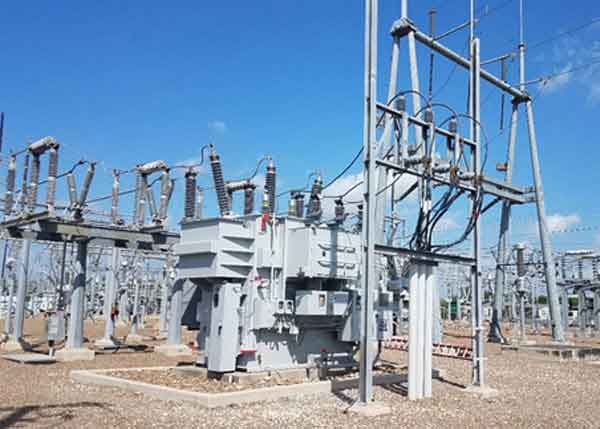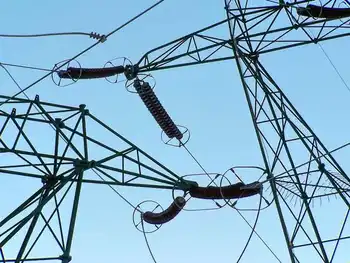Irving Oil studies NG power plant for New England market
By CBC News
Protective Relay Training - Basic
Our customized live online or in‑person group training can be delivered to your staff at your location.

- Live Online
- 12 hours Instructor-led
- Group Training Available
The project was revealed as New Brunswick Premier Shawn Graham and Maine Gov. John Baldacci were in Saint John announcing their governments' intention to explore the development of an energy corridor to move electricity and natural gas between the Maritimes and New England.
Irving Oil said it is undertaking a technical and commercial study on the first phase of the international power corridor.
The oil company will assess three different parts of the corridor concept, including construction of a 1,200- to 1,500-megawatt transmission line, the addition of more wind power and the natural gas-fired, cogeneration power plant.
Irving Oil has not determined how much wind power it may generate under this proposal. However, the company would use the natural gas plant when the wind power turbines are not generating electricity.
Jeff Matthews, director of business development at Irving Oil, said the energy corridor is intended to provide secure, reliable access to electricity from renewable sources.
"The northeast [U.S.] energy corridor concept goes beyond any one energy form," Matthews said in his speech.
"Our belief is that enhancing the diversity of our energy supply is the best way to achieve energy security and reliability. Betting on one form of energy is just too much of a risk. Nobody can predict the future, but you can build for the future."
The Irving Oil official also said the projects still have "many hurdles ahead," citing potential problems such as global competition, labour force availability and the uncertain economy.
Irving Oil already operates an oil refinery and is a partner in the Canaport LNG terminal with Spain's Repsol YPF in Saint John. Irving is also examining the possibility of building a second oil refinery in the area.
The energy corridor idea is the latest energy development announced by Graham and Baldacci. Both leaders have already addressed their state or provincial legislatures to discuss their international partnership.
The corridor would eventually include pipelines but the immediate focus is the construction of the electricity transmission line.
The New Brunswick premier said the corridor is an important project despite the challenging economic times.
"The concept of a fully integrated northeast energy corridor will provide tangible economic, environmental and energy self-sufficiency benefits for the residents and businesses of New Brunswick, and our friends and neighbours in the state of Maine," Graham said in a statement.
"The proposed energy corridor will help accelerate the development and deployment of clean, renewable and greenhouse-gas-free electricity generation resources in both New Brunswick and Maine, as well as help address and support the overall North American energy security agenda."
Along with the electricity from the potential Irving-owned power plant, the corridor could carry energy from offshore Nova Scotia or hydro from Newfoundland and Labrador.
Maine is providing the land for the corridor in return what the governor said are some key investments in its energy future.
"The first phase of project would attract $2 billion in investment and create thousands of jobs in Maine and New Brunswick," Baldacci said.
Peter Vigue, president of Cianbro Corp., a large construction company in Maine, said this international corridor is what's needed to develop energy projects in the region.
"And I think it's incumbent on the state [of Maine] and Atlantic Canada, and New Brunswick in particular, to work very closely with one another to take on some of these challenges that will allow us to raise ourselves up and deal with some of the economic challenges that we have," Cianbro said.











